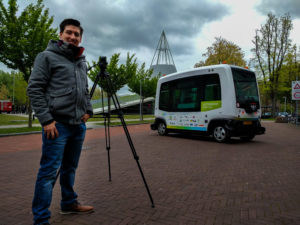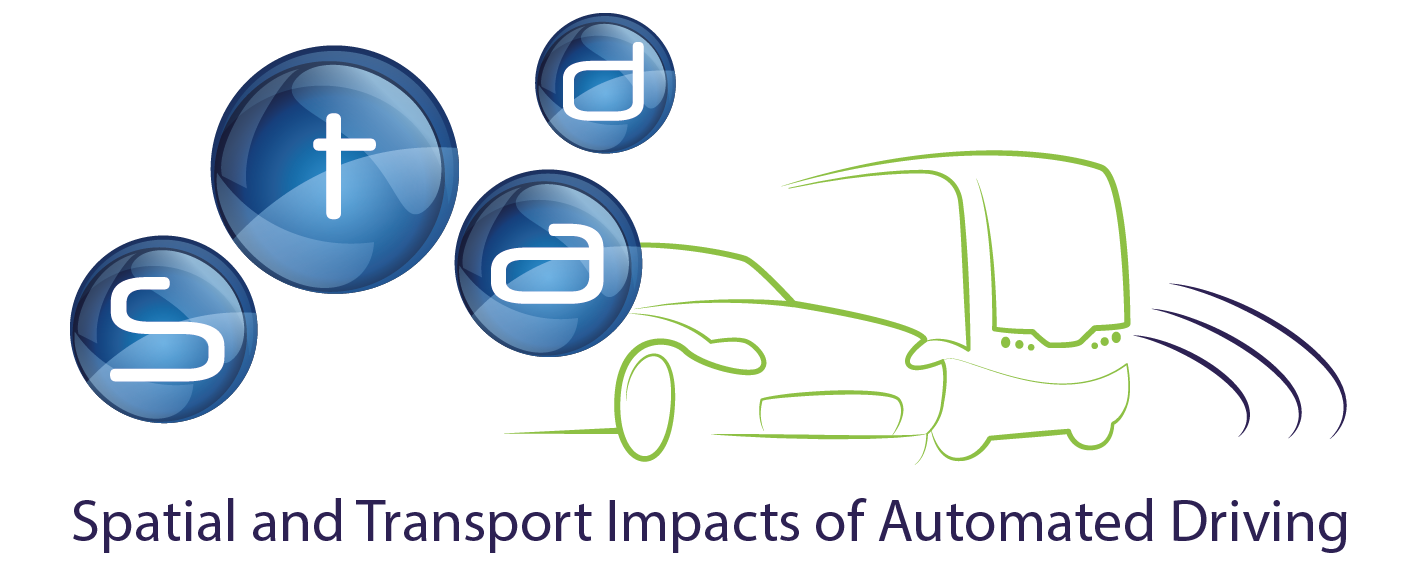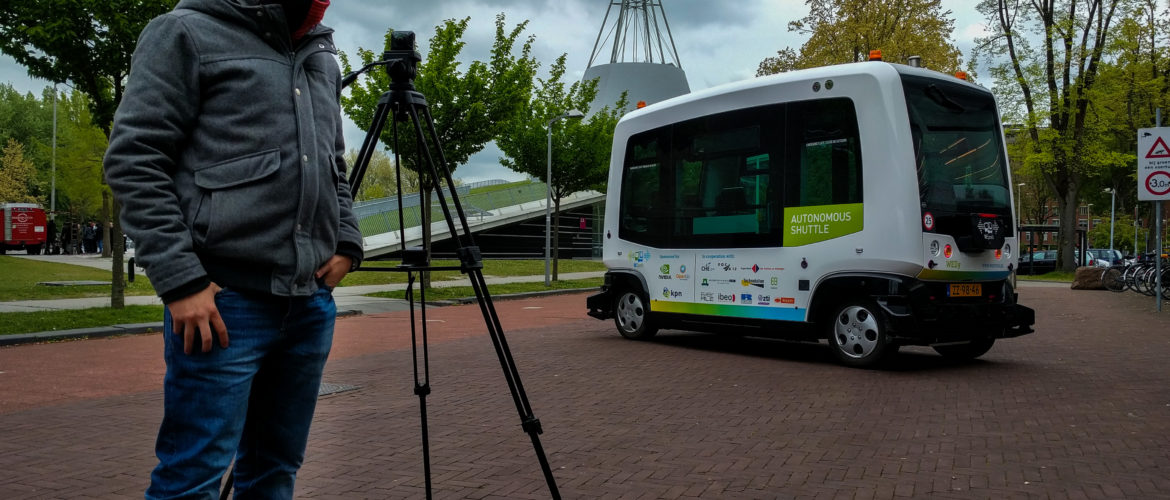 Interaction between pedestrians and automated vehicles using Virtual Reality
Interaction between pedestrians and automated vehicles using Virtual Reality
On 1 may 2017, Welly, an automated shuttle pod, came to visit TU Delft for a special occasion. As the executive board of the university had a meeting at our faculty, Welly the WEpod had been drafted to pick them up and transport them to the Civil Engineering faculty. I took the opportunity to record 360° videos of the WEpod so I could use them in my virtual reality (VR) experiment. My research within STAD is on the interactions between automated vehicles and vulnerable road users (WP4). In this experiment I will try to look at the effects of automated vehicles’ characteristics on pedestrians’ crossing behaviour. Why do I expect an effect? The shift from human driven to automated will mean that cues we use in our crossing behaviour today will become useless. What to think of eye contact? Eye contact is at this point an important cue to determine whether we are seen by the other road user. When automated vehicles are introduced, such cues would become pointless or even counterproductive as the human inside such vehicles could still provide other road users with cues while not being the one controlling the vehicle. In my experiment I will focus, more specifically, on how the physical appearance of the vehicle, the road design and the message displayed by the vehicle affect pedestrians’ crossing behaviour. The 360° videos will be presented to the participants through VR glasses to help them emerge in the videos and make them feel like they are inside of the videos. The results of this experiment will help us to further focus the research on the interactions and to bring automated vehicles one step closer.

